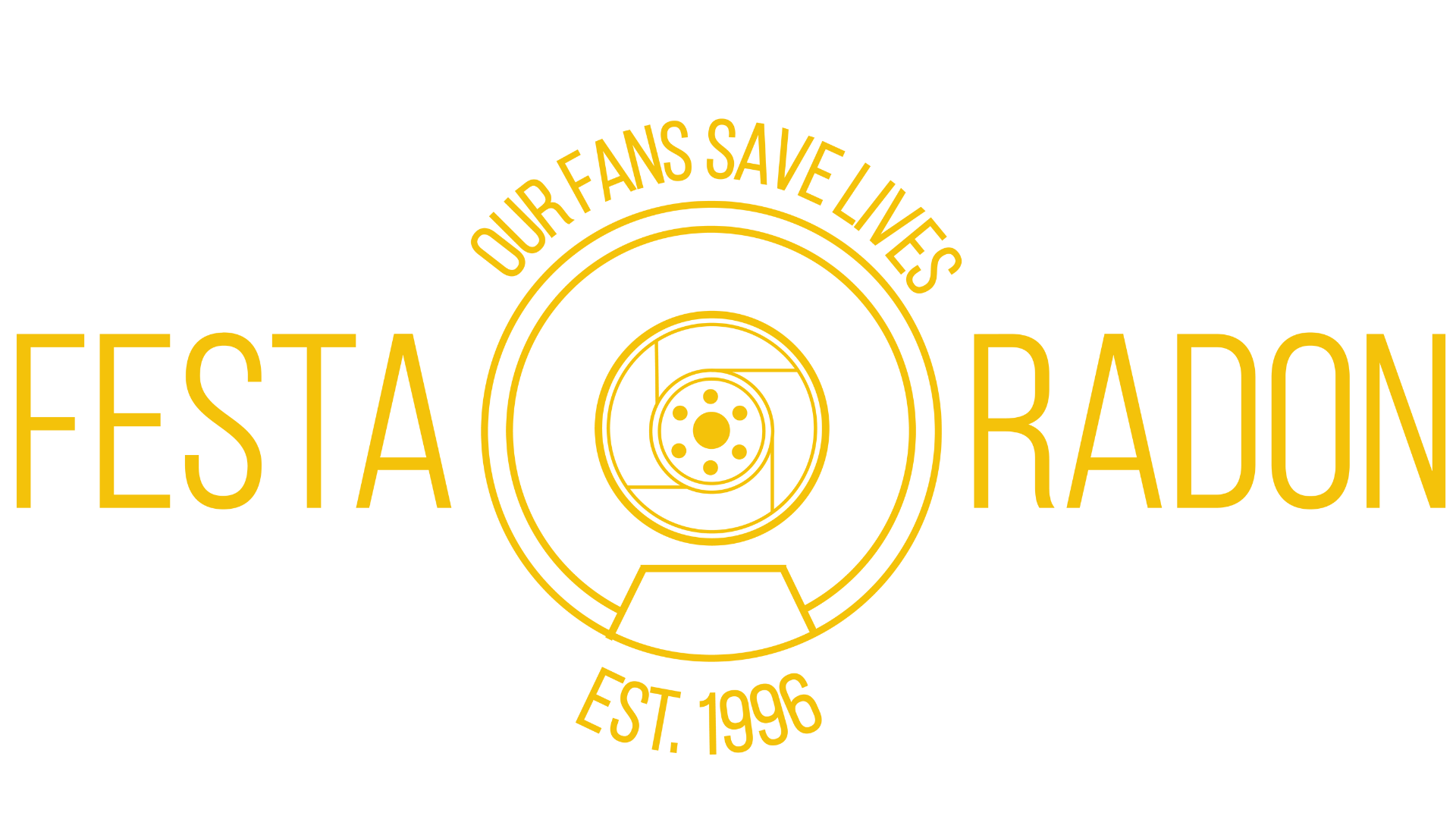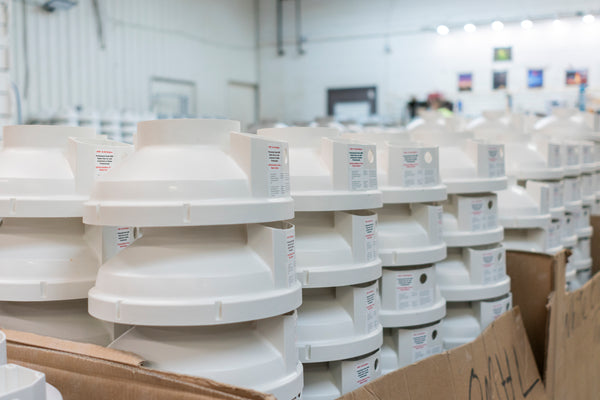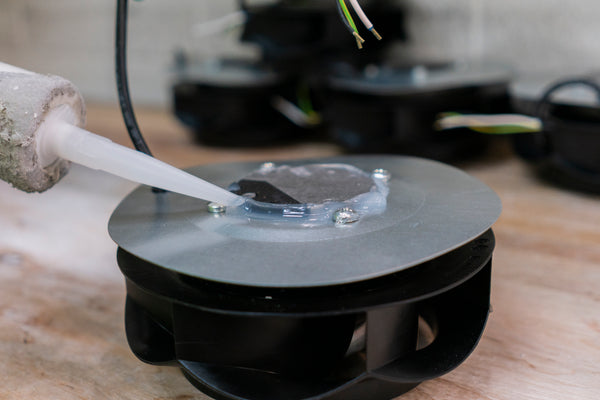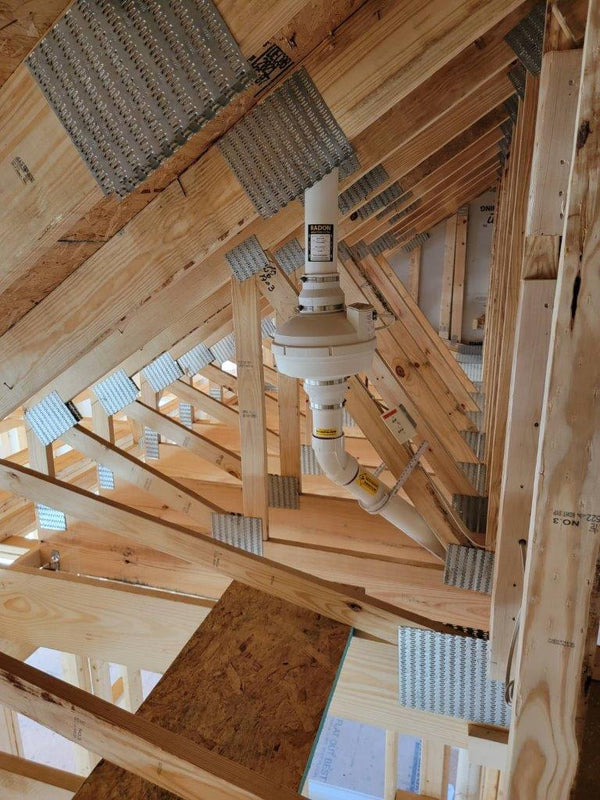
How to Educate Your Family About Radon and Its Risks in Your New Home
Radon is a naturally occurring radioactive gas that can have serious health implications. Many people are unaware of its presence, but it’s important to educate your family about radon, especially if you’ve recently moved into a new home. Understanding what radon is, how it can affect your health, and the steps you can take to mitigate its risks can help you protect your loved ones.
Understanding Radon: What It Is and Why It Matters
Radon is a colorless, odorless gas produced from the breakdown of uranium in soil, rock, and water. This gas can seep into homes through cracks in floors, walls, and foundations or through gaps around pipes and cables. Because radon is invisible and doesn’t have a smell, it’s easy for homeowners to overlook its presence.
The significance of radon lies in its potential health risks. Long-term exposure to high levels of radon is the second leading cause of lung cancer right after smoking. According to the Environmental Protection Agency (EPA), radon is responsible for approximately 21,000 lung cancer deaths each year in the United States. These numbers highlight the importance of addressing radon in any home, especially one you’ve just moved into.
Radon Regulations and Guidelines
When educating your family about radon, you should be aware of both local and federal regulations that govern radon testing. The EPA has established a guideline that recommends action if radon levels in your home exceed four pCi/L (picocuries per liter of air). This level is not a safety threshold but a point at which efforts should be undertaken to reduce radon exposure.
Some states have additional requirements, such as mandatory radon testing during real estate transactions or specific guidelines for mitigation procedures. Understanding these regulations can help you ensure your home complies with safety standards and protect your family's health.
Testing for Radon in Your New Home
Most moves occur during summertime, as it’s generally considered the season of vacations and the cities are less crowded. Presumably, when the vacation is over and you start settling in your new home, it's imperative you address potential health risks directly related to radon, especially when preparing your home for fall. After school has started and everyone’s back to their familiar routine, you can use this time to conduct radon testing and take any necessary precautions to protect your family's health.
Types of Tests
Testing for radon is straightforward and relatively inexpensive. There are two primary types of radon tests: short-term and long-term. Short-term tests take anywhere from 2 to 90 days, depending on the type of device used. These tests are useful for a quick assessment, particularly if you’ve just moved in and want to take immediate action. Long-term tests, on the other hand, remain in your home for more than 90 days and provide a more accurate reading of the year-round average radon level.
In addition to short-term and long-term radon tests, another valuable option is continuous radon monitors. These devices offer real-time monitoring, providing quick and accurate radon level readings over time. Continuous monitors are easy to use, often plugging into a standard outlet and yielding results within minutes. Some models connect to smartphone apps for convenient tracking, while others feature a built-in LED display. These monitors are ideal for homeowners who want constant, reliable radon measurements and are typically priced affordably, making them an excellent choice for ongoing radon monitoring.
Explaining Radon Risks to Your Family
Once you’ve tested your home, it’s time to educate your family about radon. Start by explaining what radon is and how it can enter your home. Since radon is invisible and odorless, your family might not immediately understand the danger, so it’s important to emphasize the potential health risks associated with long-term exposure.
Discuss the link between radon and lung cancer. Make it clear that while smoking is the leading cause of lung cancer, radon exposure is the second leading cause. This is particularly important if someone in your family smokes, as the combination of smoking and radon exposure significantly increases the risk of lung cancer.
It’s also helpful to explain the testing process to your family. Walk them through the steps you took to test your home and share the results with them. If the levels are high, let them know about the measures you’re taking to lessen radon exposure.
Mitigating Radon in Your Home
If your home tests show high radon levels, you must take action. Educating your family about radon includes informing them about how you plan to reduce these levels. There are several ways to mitigate radon, depending on the construction of your home and the severity of the issue:
- One of the most common methods of radon mitigation is installing a vent pipe system and fan, which pulls radon from beneath the house and vents it outside. This is known as a soil suction radon reduction system.
- Other methods include sealing cracks and other openings in the foundation, which helps prevent radon from entering your home in the first place.
It’s important to hire a qualified radon mitigation contractor to carry out these steps. Educate your family about the process by explaining how the mitigation system works and what to expect during installation. This helps everyone understand the steps being taken to ensure the home is safe.
Maintaining Low Radon Levels Over Time
Once you’ve taken steps to reduce radon levels, it’s important to continue monitoring your home to ensure the levels remain low. Educate your family about the importance of ongoing testing, particularly if you’ve had a mitigation system installed. Regular testing can help you catch any increase in radon levels before they become a significant health risk.
Consider setting a schedule for retesting, such as every two years or after any major renovations to your home. Remind your family that radon levels can fluctuate and ongoing vigilance is key to maintaining a safe living environment.
Educating Your Family About Radon: A Lifelong Commitment
Educating your family about radon doesn’t end once they understand the risks and the steps you’ve taken to address the issue. Keep the conversation going and ensure that everyone remains aware of the potential dangers. Do the following as well:
- Encourage your family to share their knowledge with others, especially if they have friends or neighbors who might not be aware of radon risks. This helps spread awareness and can lead to a broader understanding of the issue in your community.
- Consider educating your family about radon if you move to a new home in the future. Each home is different, and what worked for one house might not be sufficient for another.
Final Thoughts
Educating your family about radon is key to ensuring their safety in your new home. From understanding what radon is and how it enters the home to testing for it and mitigating its effects, there are several important aspects to cover. Take the time to educate your family about radon, and you’ll take proactive steps to protect their health now and in the future.
